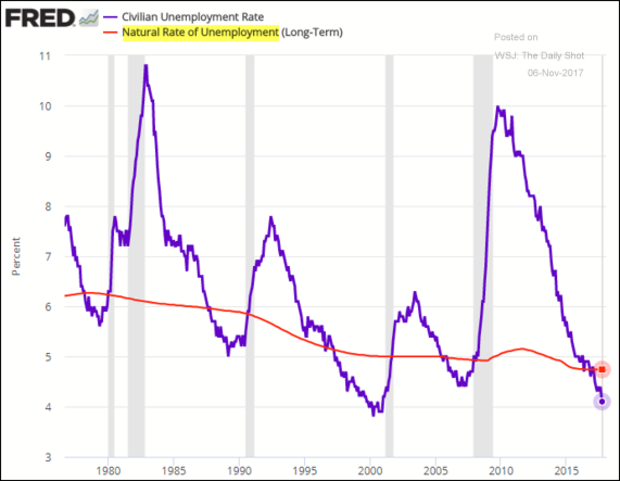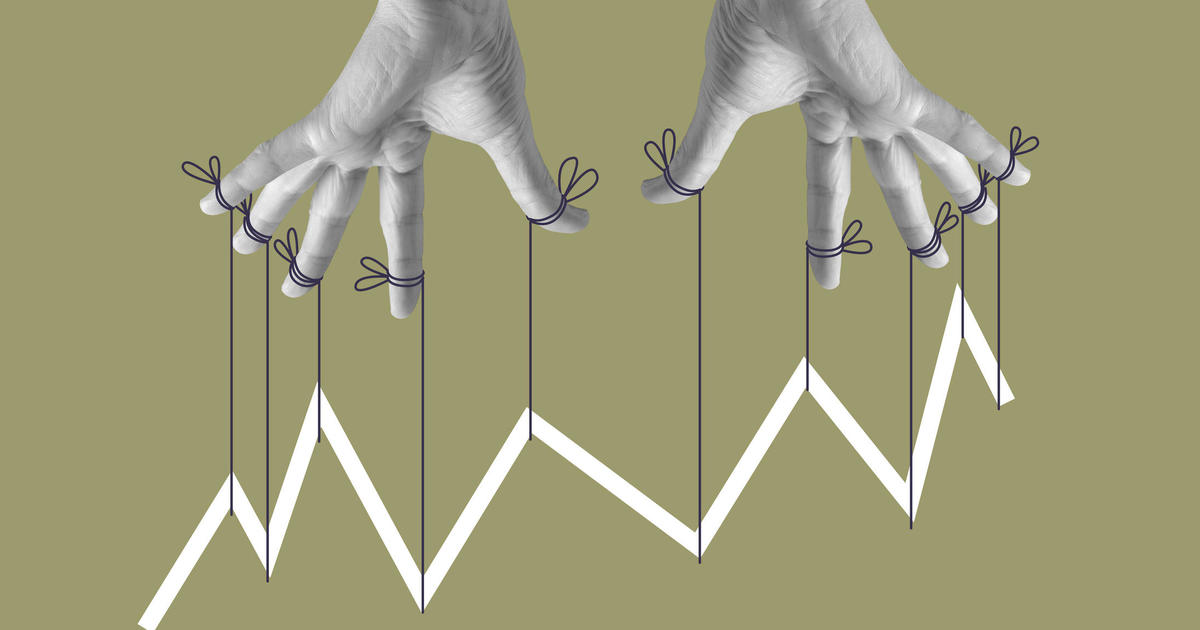Higher wages: It could be now or never
It's the great mystery of this economic cycle: What's behind the lack of wage growth and, thus, tepid inflation measures.
The Federal Reserve is grappling with this, resulting in a relatively slow pace of monetary policy tightening despite soaring financial asset prices, possible bubbles (bitcoin, anyone?) and an ongoing loosening of overall financial conditions very late in the expansion.
Many theories have been offered. Secular stagnation? Lingering damage from the financial crisis? A repudiation of the so-called Philips Curve, the link between inflation and unemployment.
But is it about to change? With the unemployment rate at 4.1 percent -- matching lows not seen since the dot-com bubble -- and short-term unemployment at World War II levels, it certainly feels like wages will rise now or never.
Consumers seem to think a pickup is coming. At least, that's the takeaway from heighted levels of consumer confidence, solid spending and a drop in the savings rate. Emboldened by gains to overall wealth from higher portfolio and home values, Americans are going out on a limb to support spending.
The good news is that they could be right because joblessness is dropping further away from the "natural rate" of unemployment (chart above). This is the measure economists calculate to estimate the level at which full employment is in play, when all easily accessible labor has been absorbed into the workforce.
Assuming the economy continues chugging along, the only choice now is for employers to lure back those now out of the workforce or to engage in a little healthy headhunting. Both involve offering higher wages. And with hiring plans steady amid unfilled openings, the US is on the cusp of that now.
September's initial wage data showed pay increasing at a 2.9 percent annual rate -- the highest since June 2009. But subsequent revisions and distortions caused by recent hurricanes knocked that down to just 2.4 percent in October.
Watch for a rebound in November. Key early indicators, like strongly rising wages for workers in areas like temporary help, would suggest labor market tightness is finally starting to force employers' hands heading into the holiday shopping season, a time of intense seasonal retail hiring.





